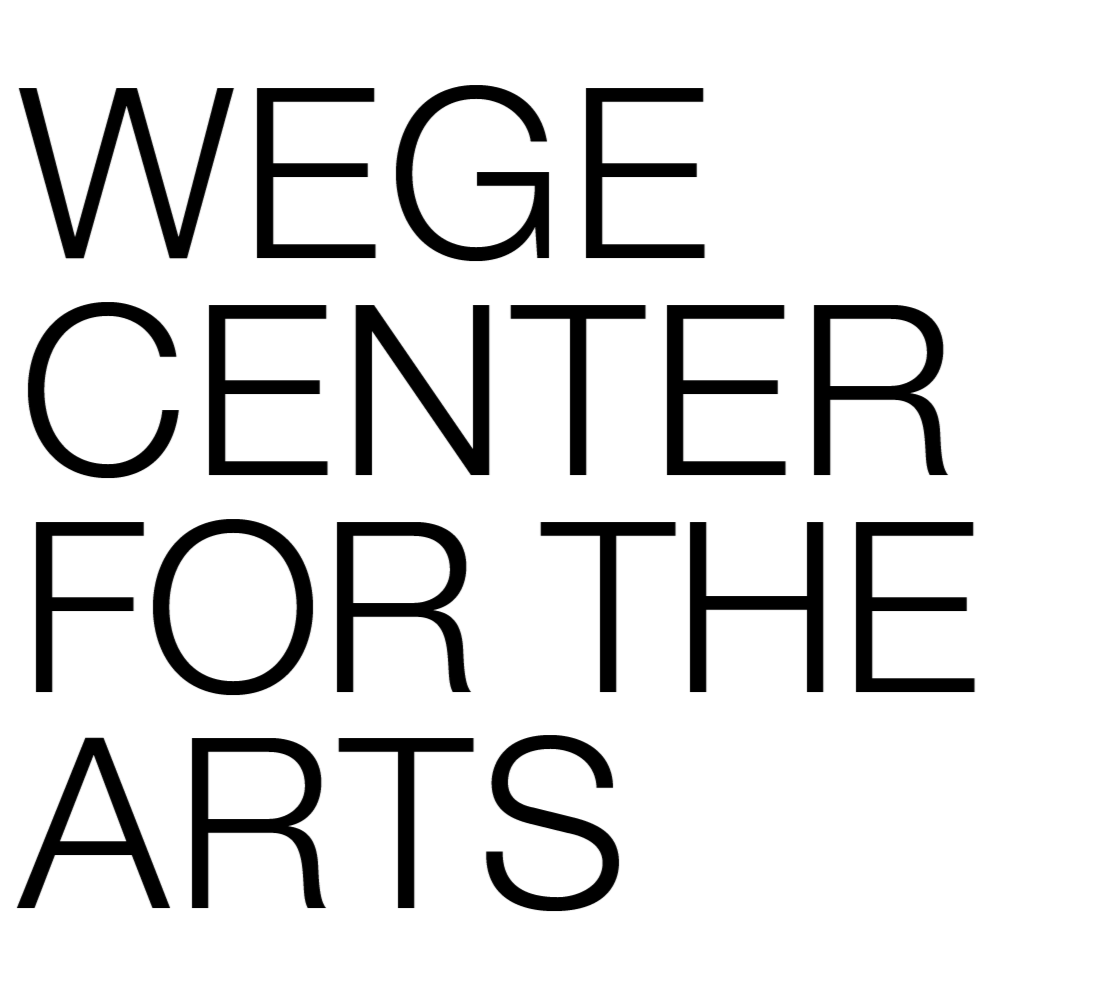FACTUAL / ACTUAL: COLOR AFTER ALBERS
ERIC HIBIT / MATTHEW KLUBER / SUSAN LICHTMAN / FABIOLA MENCHELLI / DEBORAH ZLOTSKY
MAY 10 - JULY 22, 2023
Selected prints on display and excerpts from the Interaction of Color detailing exercises and phenomenon in color.
A color has many faces - the relativity of color
Plate IV-3
In our demonstrations that a color has many faces, the first problem is to make one and the same color appear as 2 colors, as different colors; the more unbelievably different, the more valuable and instructive the exercise.
COLOR INTERVALS AND TRANSFORMATION
PLATE XIV-3
Task: 4 colors, usually rectangles connected within a square, are to be transferred to a higher or lower key of light and/or color.
Here we have a repetition of relationships between those 4 colors .. on different levels - of either areal and spatial positions, of visual weight in hue and light, and consequently of their connections or separations by mutual edges and corners .. that is, through harder or softer boundaries.
REVERSE GROUNDS
PLATE VI-3
Three colors appear as 2, 1 color appears as 2, or 3 colors appear as 4.
The task: one and the same color, placed equally on 2 grounds of different colors, is to lose its identity entirely, and not only appear as 2 colors but repeat at the same time the colors of the adjacent grounds. As a result, one of the g colors seems to disappear in our perception. The question: What color will act in these 2 ways?
We see here in a studies (one above the other) 4 rectangles of 4 different colors. They are horizontally connected as 2 pairs. Within these pairs are 4 X-like forms (presenting near-diagonals) which look different. The longer we observe the X's, and the more we compare them within the pairs (best at some distance) the more we see that they repeat the color of the opposite, neighboring ground. We perceive the whole (both studies together) in 4 colors of which each appears 2 times, namely as ground and as figure.
Film and volume color — 2 NATURAL EFFECTS
PLATE XVII-1
Over 4 tints a shadow is cast, through transformation into a lower key.
By reversing the left study, a light is cast, as in a transformation study into a higher key. If the lightening up appears the same for all shades, it proves that the solution at left is correct. An illusion of film color indicating a sheet of almost clear acetate covering 4 colors, and at right covering even twice. But remember that the original study is done not in transparent material but in opaque paper, which, of course, demands a very precise color selection. 2 studies in opaque paper demonstrating an illusion of transparence in film color.
LEAF STUDIES
PLATE XXV
Although the combination of pressed fall leaves and color paper presents a new approach within the so-called "free studies," the 28 studies shown here do not need detailed description. Again, notice how different they are, and see them as independent work of students trained in basic class exercises which aim first at single color effects only, and thus train for the development of active color relationship - by practical realization of color interaction. Recognize the manifold use of the material, the changing organization and presentation - unhampered by either harmony or disharmony, but led by respect for both -- discord and concord.
Additive and subtractive mixture
X-1
Obviously, both studies (l. & r.) are based on the same underlying design of 3 overlapping rectangles, providing a common subdivision of area. (l. & r.) The 3 rectangles are of equal shape and size, and hinged in their combined left corners. They are, furthermore, related as tints of the same color, namely a grey-violet.
With regard to light, the 2 groups of rectangles move in opposite directions. At left, from a dark ground to a light center, at right from a light ground to a dark center. On both sides, each of the 3 rectangles overlaps the 2 others only once. By looking transparent (in fact, they are opaque) they produce in our perception illusions of mixture, in 3 steps of either light or shade - a gradual increase in light at the left but a decrease in light at the right.
With their contrasting results of gaining and of losing light, these studies explain a basic difference in mixture, that is, mixture in direct color - which is light - and its opposite, mixture in reflected color - produced by pigment. The first, the product of a mixture by a physicist, by combining light (direct color) results in addition of light. Whereas the second, a combining of pigments (indirect, reflected color) and done by the colorist, results in subtraction of light. Now, since both studies are done in pigments (inks), they "present," in fact, reflected light only; they also "represent," in illusion only, at right, subtractive mixture, the area of the painter, and at left, additive mixture, the realm of the physicist.






